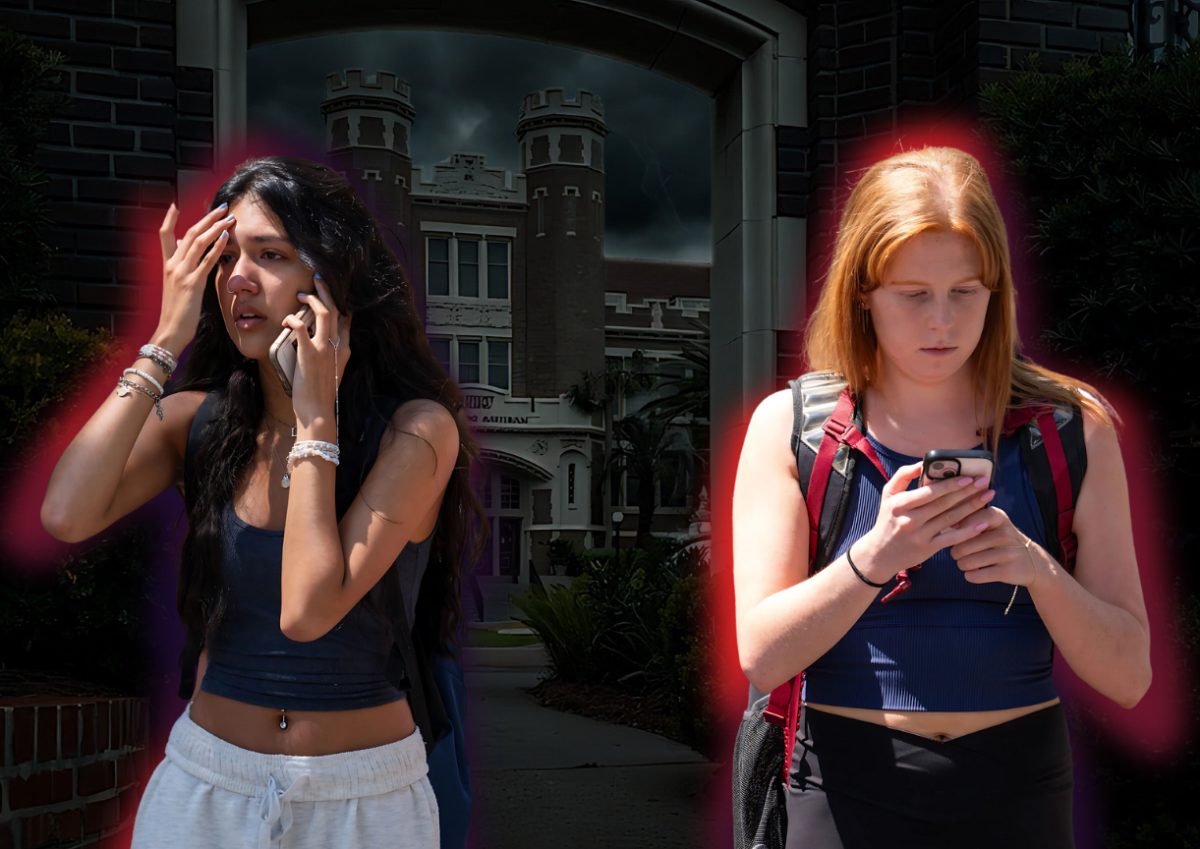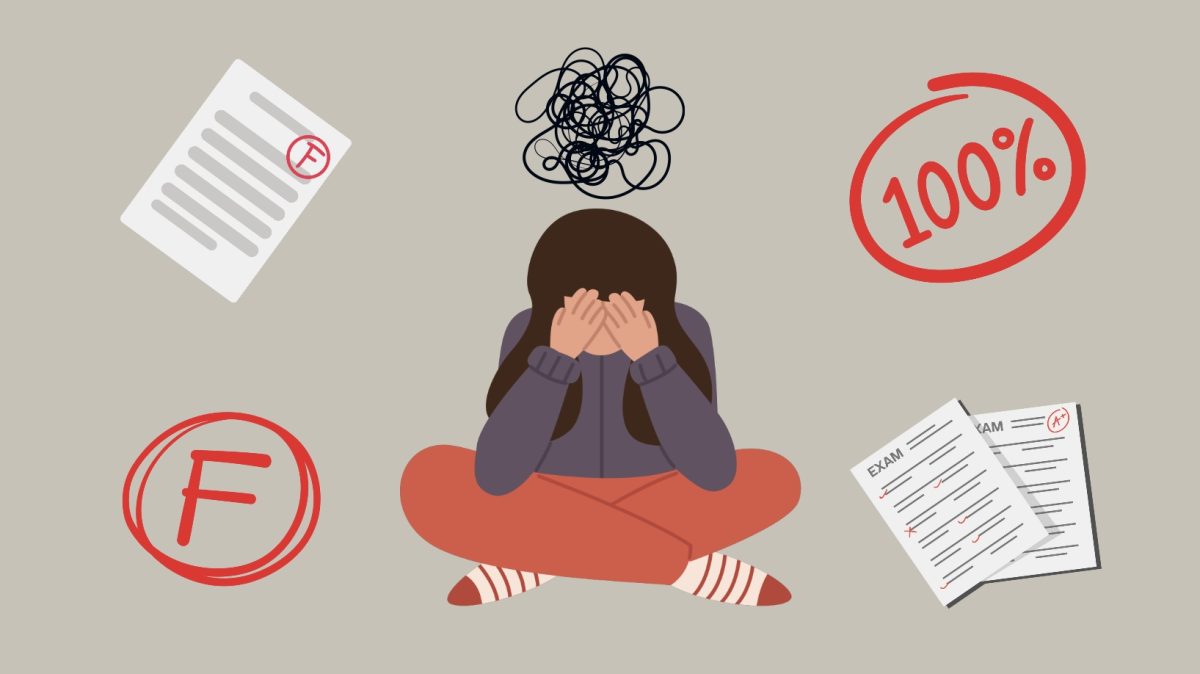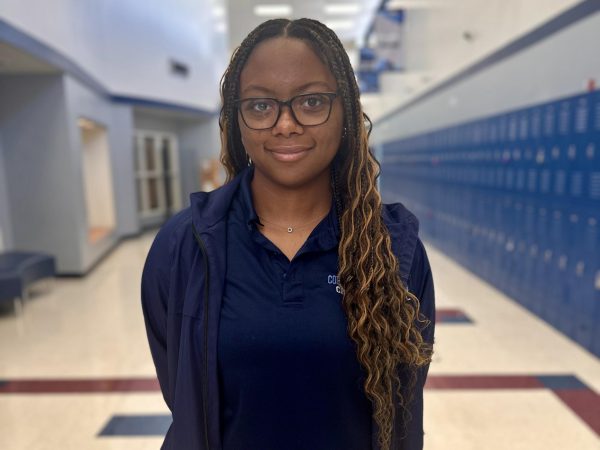The shockwaves from the recent shooting at Florida State University extend far beyond the tragedy. For students considering college, parents weighing options and educators planning careers, the violence is fundamentally reshaping views of campus life, forcing a difficult new reality where academic opportunities must now confront the question of safety.
Thursday, April 17, marked the violent disruption at Florida State University as gunfire broke out near the student union. Two people died, and six others sustained injuries. Law enforcement swiftly responded, apprehending a 20-year-old suspect, the stepson of a sheriff's deputy, after he was shot. A midday active shooter alert prompted a campus lockdown, which was lifted about 3 p.m. once the threat was neutralized. This event showed such incidents generate repercussions that extend far beyond the immediate devastation. For prospective students and their families contemplating higher education, this tragedy serves as a stark reminder of potential campus violence, compelling a more thorough evaluation of safety alongside academic prospects.
The idyllic image of college as a carefree period of education, exploration and personal growth is now being viewed through a more cautious lens by students and their families. The process of selecting a university, traditionally focused on academic reputation, program offerings, location and campus culture, has now integrated a significant new variable: safety. Many families are actively researching campus security measures, crime statistics in the surrounding areas and the availability of resources aimed at ensuring student well-being. This added layer could lead potential students and their parents to reconsider large universities, like FSU, prompting a deeper evaluation of the risks associated with campus life.
The implications of the FSU shooting are multifaceted, impacting various aspects of the university experience and extending to institutions nationwide. One immediate effect is the large shift in the campus atmosphere. Intellectual pursuit and social engagement now put to the side, FSU now grapples with a lingering sense of vulnerability. This unease drastically affects daily life, influencing how students interact with their surroundings and each other.
"I was in the library when it happened," said FSU student Stephanie Horowitz in an interview with CBS News. Horowitz, who also survived the Parkland shooting, recounted, "I never thought it would happen to me for the first time, and here we are. Unfortunately, this is America for you." When asked about her initial reaction, she explained that she knew it was an active shooter situation due to her past experience. This chilling testimony from a student who has now endured two tragedies underscores the profound psychological impact of these events. The fact that a student with prior trauma from gun violence experienced a similar incident at FSU highlights a broader societal issue and the recurring fear that many students now carry. It is no longer enough to simply attend classes and participate in campus activities; students must now navigate their academic lives with a constant awareness of potential danger, a reality that can significantly hinder their ability to fully engage in the college experience.
Beyond the immediate emotional toll, the shooting also raises critical questions about priorities. Universities are now facing increased pressure to invest in enhanced security measures, which can take away funds from other essential areas such as academic programs, student services and faculty development. This requires a difficult balancing act, as institutions strive to create a safe environment without compromising the quality of education and the overall student experience. In the aftermath of the FSU shooting, the question of how best to protect college campuses will likely be discussed even more intensely.
The long-term effects on student enrollment and recruitment are also a significant concern. Prospective students, particularly those coming from out of state, may be hesitant to attend universities in areas perceived as being more prone to violence. This could lead to a decline in enrollment at certain institutions, particularly large public universities.
Despite the recent violence, not all prospective students have altered their plans. According to Mackenzie Maniscalco, a senior, "It didn't change my view of the school, I am still very excited to go there and I know they have improved the security to make it an even safer place to go!" Maniscalco's statement illustrates the viewpoint of some individuals who remain steadfast in their college choices, perhaps prioritizing academic opportunities or trusting in the institution's efforts to enhance safety. This resilience highlights the diverse ways in which prospective students weigh various factors when making crucial decisions about their future. However, many prospective students and their families don't share this view. The campus shooting understandably creates significant worry for them. This concern isn't limited to just the university where the violence happened. Instead, these events can increase a general feeling of unease about safety on college campuses across the country. This leads many to more carefully consider the potential dangers of going to college at a time when gun violence is increasing. This greater awareness might even cause some to doubt the idea that any college campus can truly be completely safe, no matter how much security they have.
In conclusion, the shooting at FSU is a pivotal moment that has fundamentally altered the landscape of higher education. The results of this tragedy extend far beyond the immediate campus community, impacting how students perceive their educational journey, how parents evaluate the safety of potential institutions and how universities approach the delicate balance between academic freedom and security. As prospective students and their families grapple with these new realities, universities are being compelled to re-evaluate their priorities, enhance their security measures and address the underlying factors that contribute to campus violence. The challenge moving forward lies in creating a learning environment that is not only educational but also safe and secure, ensuring that the pursuit of knowledge is in addition to a safe place.








